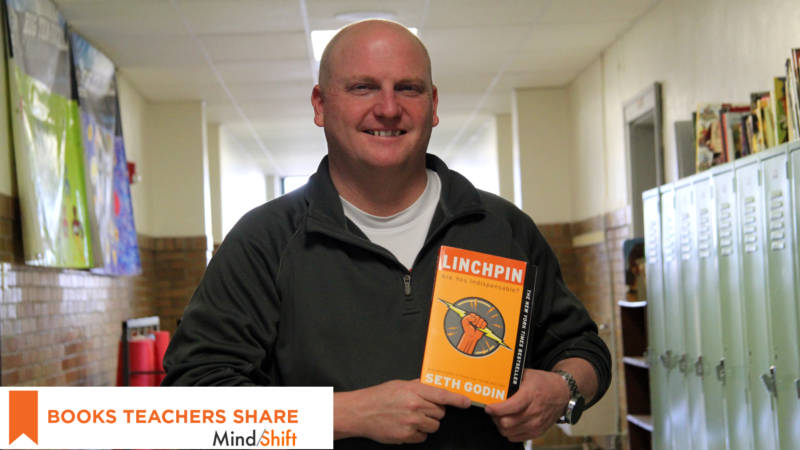Award-winning educator Troy Cockrum is director of innovative teaching as well as host of the Genius Hour innovation class for middle schoolers at St. Therese of Little Flower Catholic School, a K-8 parochial school on the Southeast side of Indianapolis. One of the books that’s been most influential to him as he thinks about his work helping both teachers and students find ways to innovate is Seth Godin’s Linchpin: Are You Indispensible?
Though the book was written for the business world, Cockrum finds many applications in the education world as well. According to Godin, “linchpins” are people who are in touch with their own abilities to solve problems when “there’s no rule book.” And he calls them the “essential building blocks” of great organizations, who turn their work into a kind of art. That’s how Cockrum wants teachers to think of their job, and he believes, how students should think about their work and their futures.
The conversation has been edited for clarity and length.
Cockrum: I really like Linchpin because it talks about a different system and mentality that is outside the education realm. Godin may not necessarily have all the right answers because he’s not an educator, but he’s asking big questions. The book is about how to approach your job and your work with a different mentality in order to be more productive and beneficial. He mainly presents ideas to help people rethink what our current business culture should look like.
In my job as director of innovative teaching, I have two roles: I work with teachers to help them plan, and learn how to integrate more contemporary or innovative teaching methods into their teaching. And on the other side, I work with students to help them conceptualize their work. For example, if it’s using a technology tool for a project, how can we use that more creatively?



